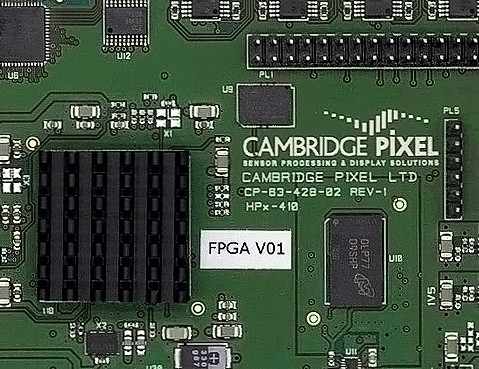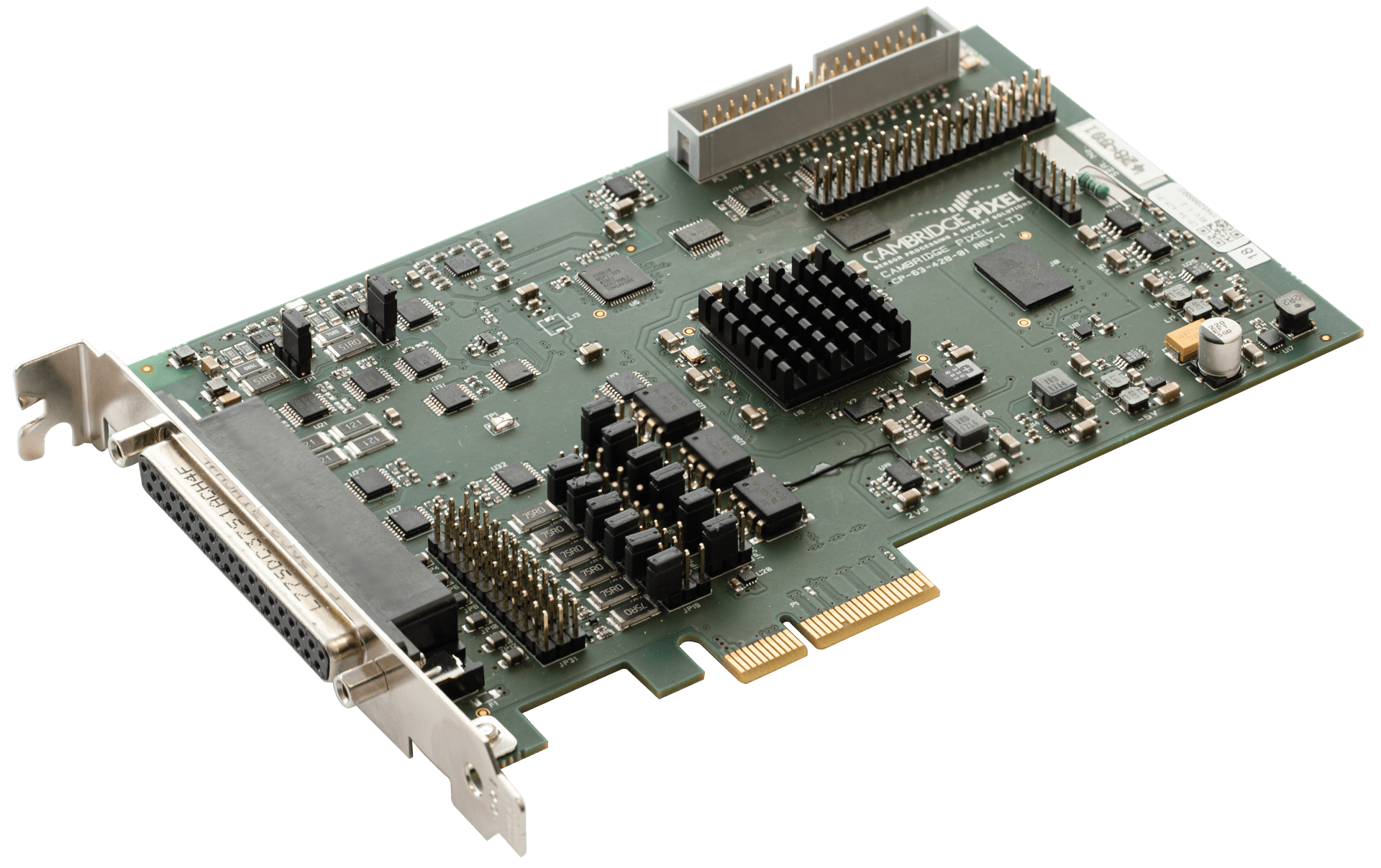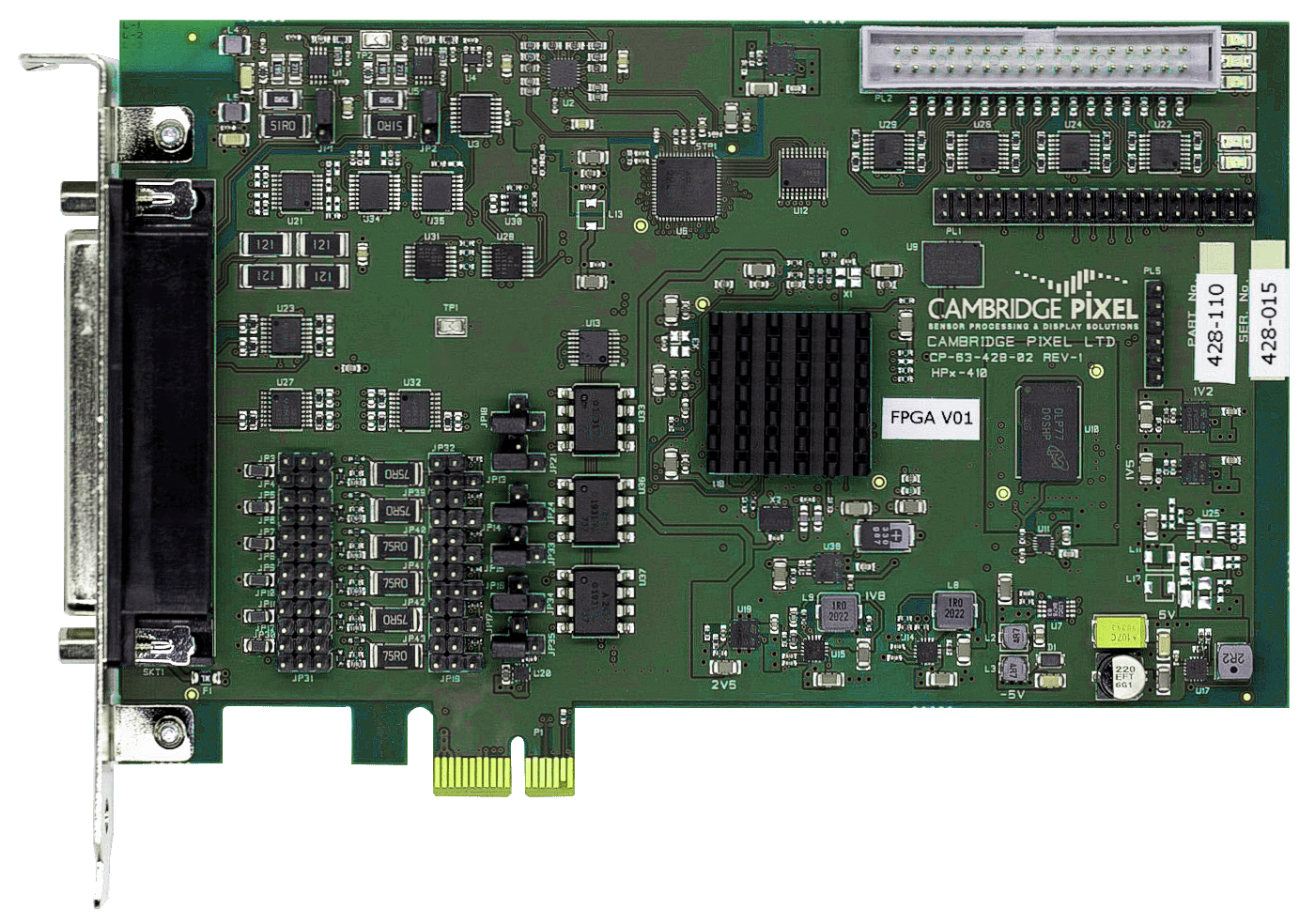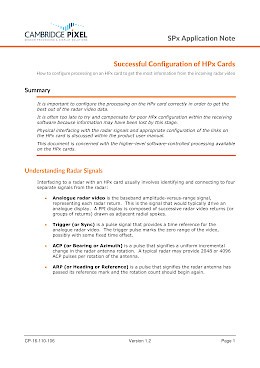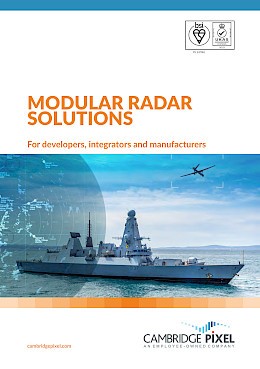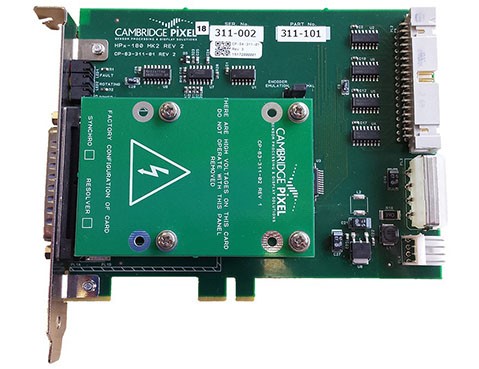- PCIe x1 and x4 Primary Radar Acquisition Card
- Dual radar inputs, two sets of:
- Analogue video
- Trigger
- ACP/ARP
- Independent sampling on each channel
- Dual independent sampling on the same channel
- Dual redundancy support (auto-switch across channels)
- 125 MHz sample rate
- 12-bit A-to-D for analogue samples
- Up to 500 MB/s peak (250 MB/s sustained) data transfer (PCIe x4 variant)
- Wide range of input signal support:
- Single-ended, RS422 or open-collector
- Single-ended voltages up to 60V
- 50 Ohm, 75 Ohm or high impedance
- Signal status LEDs
- Opto-coupled inputs for noise immunity
- 8-bit digital inputs with clock
- Parallel azimuth
- Optional synchro input from companion synchro-to-parallel card (HPx-180)
- Programmable pre-trigger compensation
- Optional end-of-range input signal
- Programmable mixing of analogue and digital videos
- General purpose input/output lines
- Loss of signal detection
- High-speed DMA transfers
- Supported under Windows and Linux
- C/C++ board support package
- On-board test pattern generator
- Fully supported by SPx software
- Wide range of radars supported including:
- Furuno
- Kelvin Hughes
- Terma
- JRC
- Koden
- Sperry
- Raytheon
- Specialist Military Radars
HPx-410 PCIe Radar Input Card
Superfast, High-performance, Single or Dual-stream Radar PCIe Card
Radar video sampled at up to 125MHz and transfer rates of up to 500 MB/sec.
Request ManualGet Advice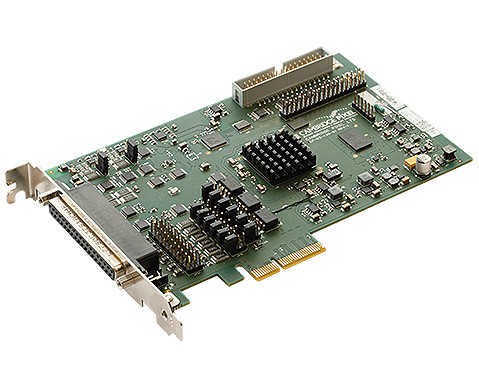

Dual-stream Option: Connect 2 Radars, Dual Redundancy & Dual-stream Capture Modes
Highly flexible input options to support most digital and analogue radars.
Request a QuoteDesigned & Made in Great Britain
Quality engineering, expert testing and better supply chain security.
Extremely high data transfer rates
The HPx-410 card uses up to four lanes of PCI Express and a dedicated FPGA core to provide extremely high data transfer rates.
The analogue video inputs are captured at up to 125 MHz using high precision analogue to digital converters at 12 bits resolution. The captured video can be optionally down-sampled to reduce the data rate before transfer across the PCI express bus, using high-speed DMA, at peak speeds up to 500MB/s (on the PCIe x4 variant).
Interface to Almost Any Radar
The HPx-410 accepts radar video, trigger and azimuth signals in the form of ACP/ARP or parallel data. A wide variety of signal types and input voltages are supported, allowing the card to support most radar models.
The card provides a capability to detect missing signals in order to provide software alarms for loss of triggers or azimuth data. The companion HPx-180 card may be used with synchro or resolver signals, providing synchro-to-parallel conversion.
Dual-stream & Dual Redundancy
A dual set of inputs allows up to two independent radars to be connected to the same card.
The HPx-410 card comes in single or dual-stream variants. The dual-stream includes different modes for the 2 channels:
- Dual sampling of one radar video at different rates – typically this might be higher sampling for short ranges, to get maximum close-in detail, with lower sampling across the full radar range, to give maximum coverage.
- Dual redundant mode – software-controlled automatic failover from one input channel to the other in the event of loss of trigger, ACP or ARP signal.
- Dual independent radars – simultaneous, independent capture of two separate radars.
Board Support Library & Processing
An on-board FPGA provides data processing and control and offers capability for expanding the data processing functions for customised applications.
The board support library provides a C++ class interface to configure the board and capture video, providing basic access to the video samples. Example code is available for Windows and Linux.
Cambridge Pixel’s extensive SPx software is also available to provide advanced processing and display of the radar video data. SPx software can be supplied in the form of a library for use in custom application code or as ready-made applications, such as SPx Server, which have built-in support for the HPx-410 card.
The SPx Development Library provides an extensible toolkit of radar specific functions that can be linked together to form a processing chain. Custom functions are easily incorporated into the processing chain, allowing an application to be built from a combination of SPx Development Library functions and user-written processing modules. Cambridge Pixel’s ready-to-run applications offer solutions for both server-side processing and network distribution and for client-side receipt and display.
